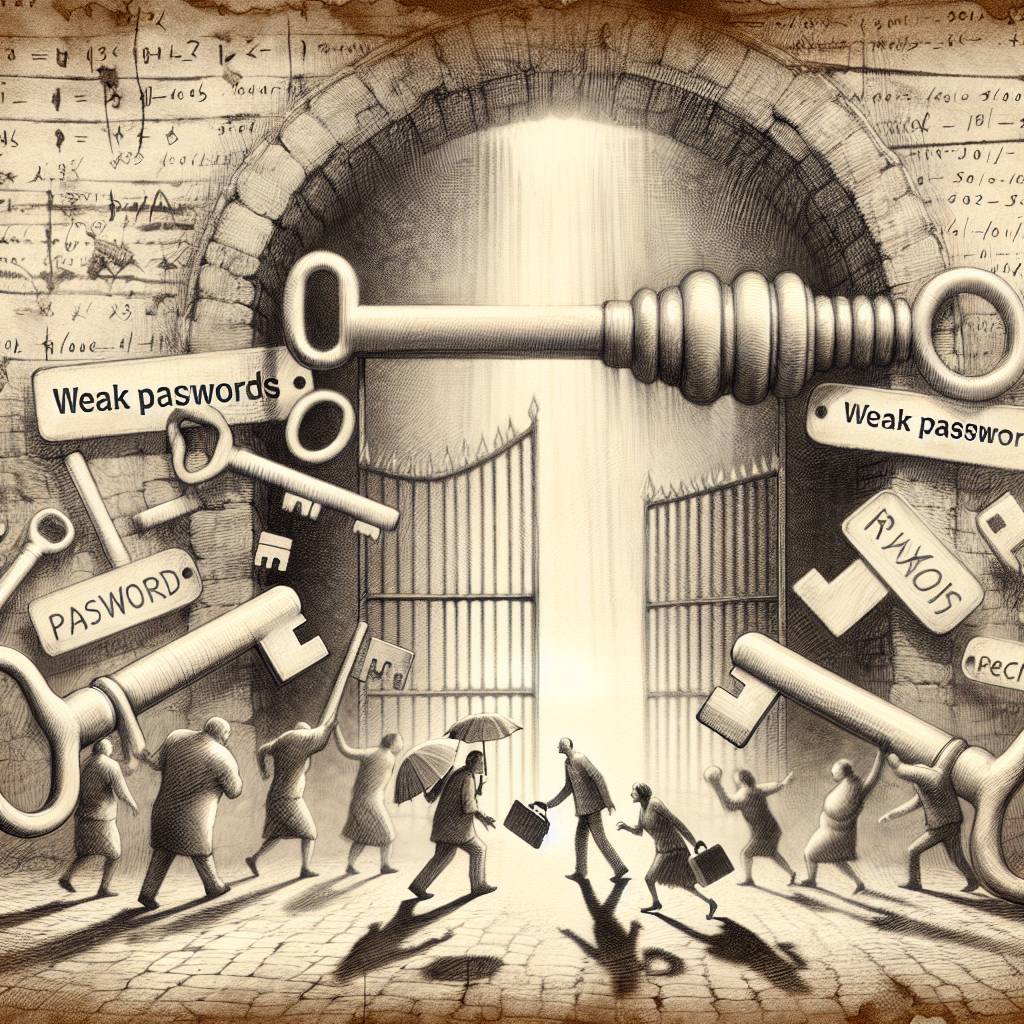Weak Passwords: The Comedy of Errors in RDP Security
Organizations continue to struggle with effective password hygiene on RDP ports, often resorting to alarmingly basic choices like “123456” and “Password1.” Despite years of advice, weak passwords remain a prime target for attackers. It’s time for companies to ditch the “P@ssw0rd” shortcuts and adopt robust security measures to protect their systems.

Hot Take:
In a world where cybercriminals are constantly evolving, some organizations seem to be stuck in a time loop where “123456” is still considered a Fort Knox-level password. If only we could harness this commitment to simplicity for the greater good, like solving world peace or figuring out the plot to the latest Christopher Nolan movie. Alas, weak passwords continue to plague us like a bad sequel no one asked for.
Key Points:
- Even in 2023, organizations still use weak passwords like ‘123456’ and ‘Password1’ for securing RDP connections.
- RDPs are a key target for attackers during ransomware and DDoS attacks.
- 17% of passwords used in RDP attacks were only lowercase, and 15% combined lowercase with numbers.
- 43% of passwords were shorter than eight characters, increasing vulnerability.
- Experts recommend multifactor authentication and isolating RDP for more secure access.
